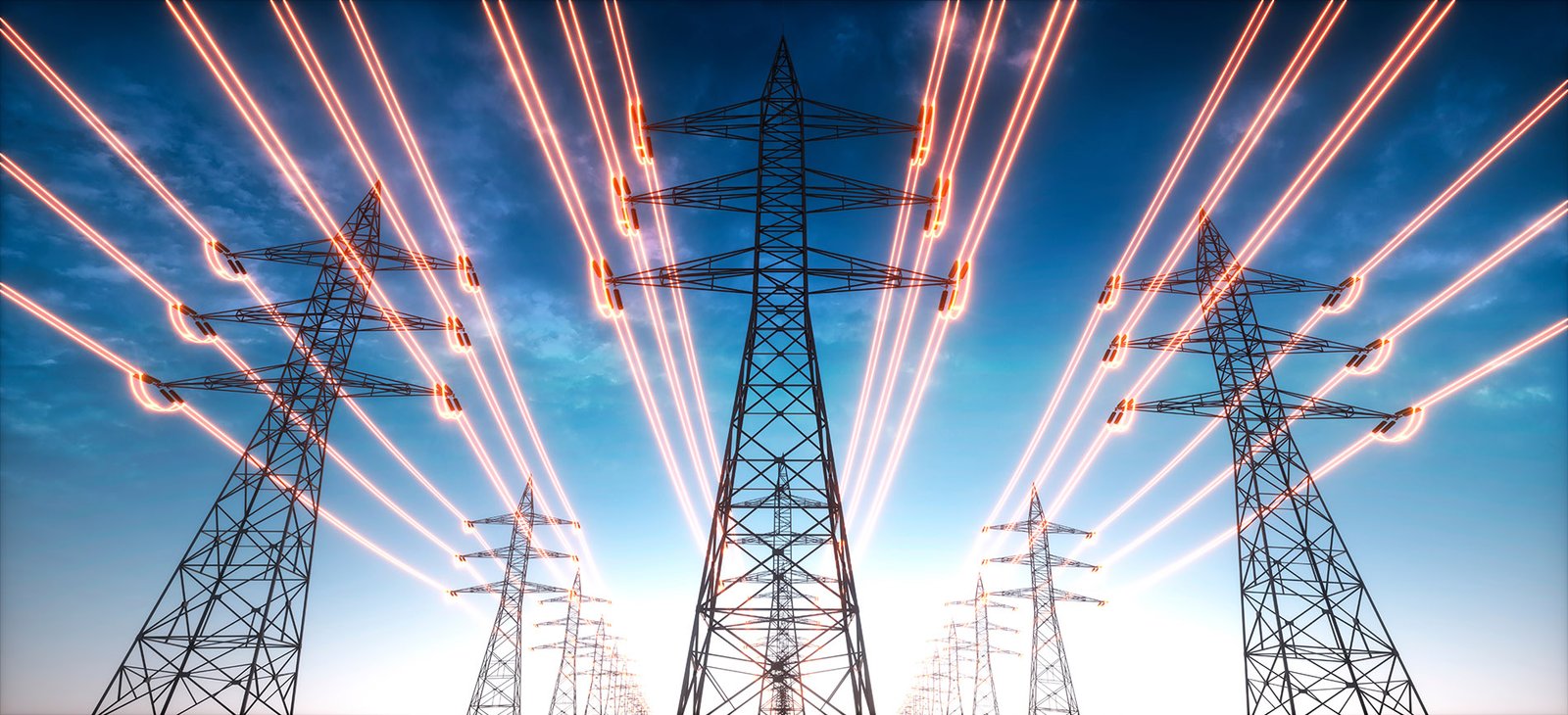According to the International Energy Agency’s (IEA) latest report, Electricity 2025 – Analysis & Forecast to 2027, Pakistan’s industrial sector is paying nearly double the electricity rates compared to countries like China, India, and the United States.
In 2024, the average industrial electricity price in Pakistan was reported at 13.5 cents per kilowatt-hour (kWh), significantly higher than the 6.3 cents in the US and India, 7.7 cents in China, and 11.5 cents in the European Union. While the report does not specifically address Pakistan’s challenges, it highlights the difficulties faced by other regions where average electricity prices are 18 percent lower than those in Pakistan.
The report indicates that high energy costs are driving industries out of Europe, a trend that could reflect similar economic challenges in Pakistan. As global electricity demand is projected to grow at 4 percent annually through 2027, driven by rising industrial production, data center expansion, and increasing electrification, Pakistan’s expensive electricity remains a significant barrier to economic growth and export competitiveness.
Additionally, the report notes that wholesale electricity prices in the European Union, India, the United Kingdom, and the United States fell by approximately 20 percent on average in 2024 compared to the previous year, aligning with the decline in global energy commodity prices. However, prices in these regions—excluding the United States and the Nordic region in Europe—remain significantly above pre-COVID levels.










